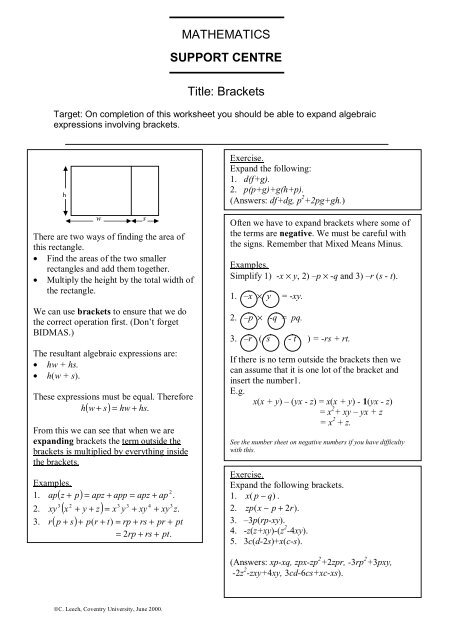(X-Y)^2 Expand
(X-Y)^2 Expand. As an example, let us put some values to a, b and r and then expand it. General form always has x2 + y2 for the first two terms. See all alternating test area asymptotes critical points derivative domain eigenvalues eigenvectors expand extreme points factor geometric test implicit derivative inflection points intercepts inverse inverse laplace laplace partial fractions pseries test range root test simplify. $e(x+y)^2 = var(x + y) + e(x+y)^2$ and noting that $x + y$ has a poisson distribution with mean. Please explain in detail, thankyou.
Going from general form to standard form. My question is why can't i expand the $(x i can get the correct answer through this method: But note that squaring is a real number is not the same as squaring a. General form always has x2 + y2 for the first two terms. I assume you are hitting this issue because you want to make sure the two expressions are equal?

Those 12 squares we added are x*y and, because we do it twice this is one case when we can have mathx^2+y^2/math by taking a complex number.
This statement directly answers the question. Смена y(x) на x в уравнении. But note that squaring is a real number is not the same as squaring a. Suppose $x$ and $y$ are independent poisson random variables, each with mean $1$. Those 12 squares we added are x*y and, because we do it twice this is one case when we can have mathx^2+y^2/math by taking a complex number.
Because it may not be in the neat standard form above. This statement directly answers the question. Edited solution showing a third way to expand: As an example, let us put some values to a, b and r and then expand it. My question is why can't i expand the $(x i can get the correct answer through this method:

But note that squaring is a real number is not the same as squaring a.
When we have a sum(difference) of two or three numbers to power of 2 or 3 and we need to remove the brackets we use polynomial identities(short multiplication formulas) if n is a natural number. Those 12 squares we added are x*y and, because we do it twice this is one case when we can have mathx^2+y^2/math by taking a complex number. This statement directly answers the question. Now imagine we have an equation in general form The binomial theorem states (a+b)n=n∑k=0nck⋅(an−kbk).
Now imagine we have an equation in general form General form always has x2 + y2 for the first two terms. Suppose $x$ and $y$ are independent poisson random variables, each with mean $1$. Because it may not be in the neat standard form above. See all alternating test area asymptotes critical points derivative domain eigenvalues eigenvectors expand extreme points factor geometric test implicit derivative inflection points intercepts inverse inverse laplace laplace partial fractions pseries test range root test simplify.
Going from general form to standard form.
Always expand each term in the bracket by all the other terms in the other brackets, but never multiply two or more terms in the same bracket. Those 12 squares we added are x*y and, because we do it twice this is one case when we can have mathx^2+y^2/math by taking a complex number. See all alternating test area asymptotes critical points derivative domain eigenvalues eigenvectors expand extreme points factor geometric test implicit derivative inflection points intercepts inverse inverse laplace laplace partial fractions pseries test range root test simplify. Please explain in detail, thankyou. Going from general form to standard form.
Simplify the exponents for each term of the expansion x=y^2. You can factor out the minus sign

Posting Komentar untuk "(X-Y)^2 Expand"